Scientists classify the living things in 5 groups, they are called KINGDOMS (Reinos).
1.- ANIMAL KINGDOM (Reino Animal). The Animal Kingdom consists of multi-cellular organisms. Multi-cellular means that the organism has more than one cell (célula).
2.- PLANT KINGDOM (Reino vegetal). The Plant Kingdom includes any organism that is able to use water and sunlight in order to make their own food.
3.-MONERA KINGDOM (Reino Monera). The Monera Kingdom has organisms that are unicellular. Unicellular means that the organism only has one cell.
 |
| BACTERIA |
4.-PROTIST KINGDOM (Reino de las protistas). The Protist Kingdom are unicellular organisms. Unicellular means that they are made up of only one cell.
The difference between the Protist Kingdom and the Monera Kingdom is that the Protists have a nucleus and they have moving parts and can move around their environment.
 |
| AMOEBA |
5.- FUNGI KINGDOM (Reino de los Hongos).The
Fungi Kingdom is made up of organisms that do not make their own food.
They are similar to plants but they do not make their own food.
Now you can see a video about the classification of LIVING THINGS.
Let´s focus on the ANIMAL KINGDOM
What are the main characteristics of animals?
Animals, like plants, perform VITAL FUNCTIONS.
- NUTRITION FUNCTION.
Animals transform food into nutrients to get energy. Plants make their own food, however, animals can not make their food so they eat other living things. They need other living things to live. According to the food, animals can be:
- CARNIVORE. They eat other animals.

- HERBIVORE. They eat plants.

- OMNIVORE. They eat plants and other animals.

Animals are also part of the FOOD CHAIN (Cadena alimenticia)
In the food chain Matter and energy is transferred from one organism to another. It starts with plants (PRODUCERS). They produce their own food (they get energy from the sun, the minerals and the air) This energy passes from the plant to an animal (CONSUMER) and this animal can pass its energy to another Animal.
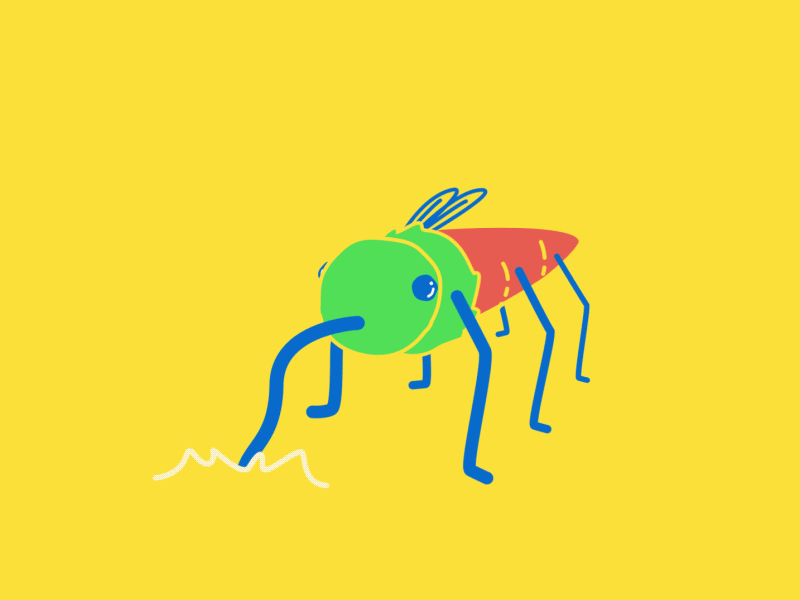
- INTERACTION FUNCTION.
Animals receive information from the world around them through the SENSES.
Do you remember the five senses?
Moles or these small snakes (Blanus gray) live underground, so they cannot see very well.
 |
| Mole |
 |
| Blanus Gray |
Other animals cannot hear. Most of the snakes are supposed to be deaf (sordas), since they do not have ears.
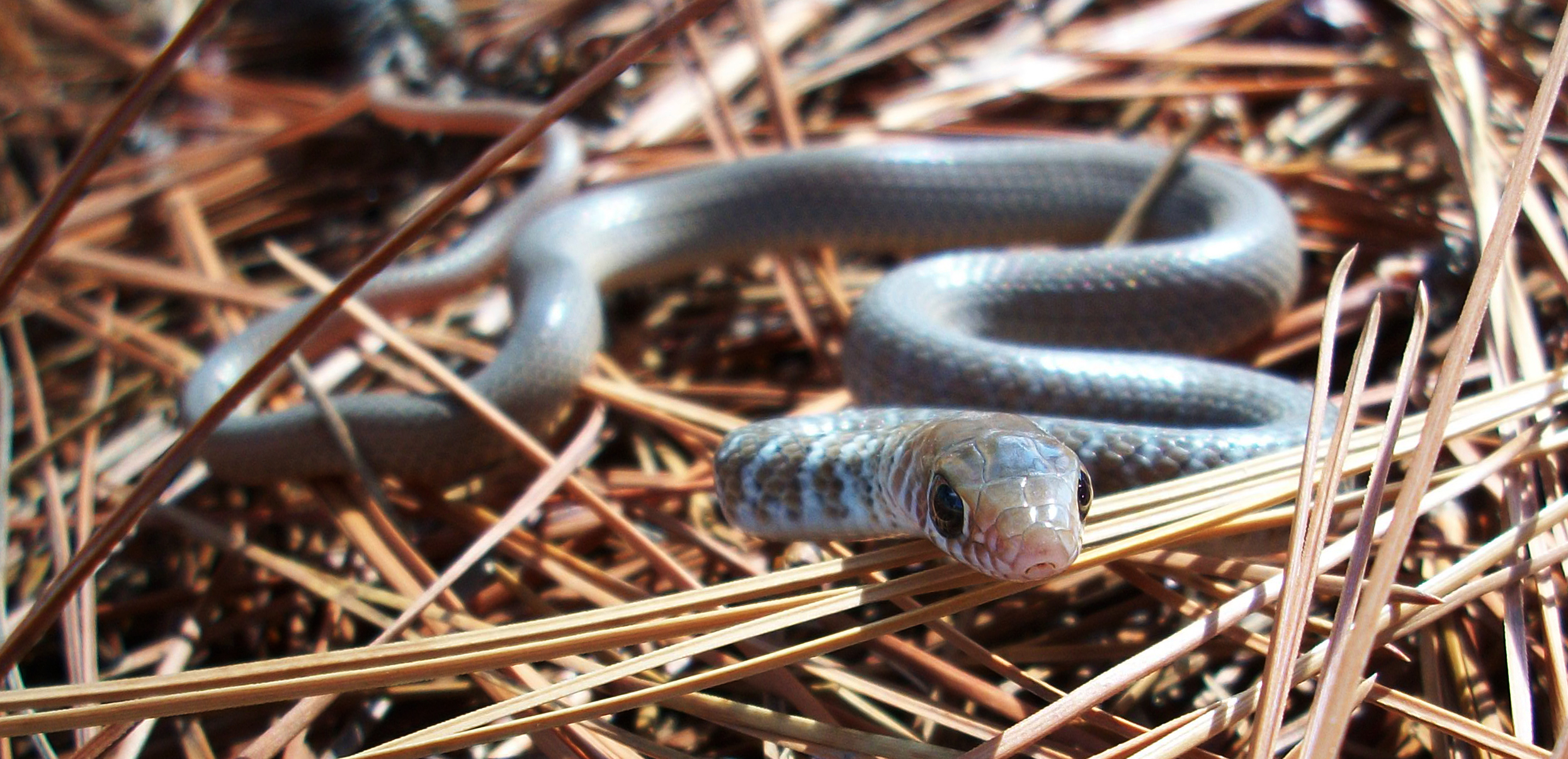 |
| Mexican Deaf Snake |
However, most of the animals have SUPER SENSES.
- REPRODUCTION FUNCTION. Animals produce other beings similar to them. There are two types of reproduction.
- OVIPAROUS.
Oviparous animals are born from eggs.
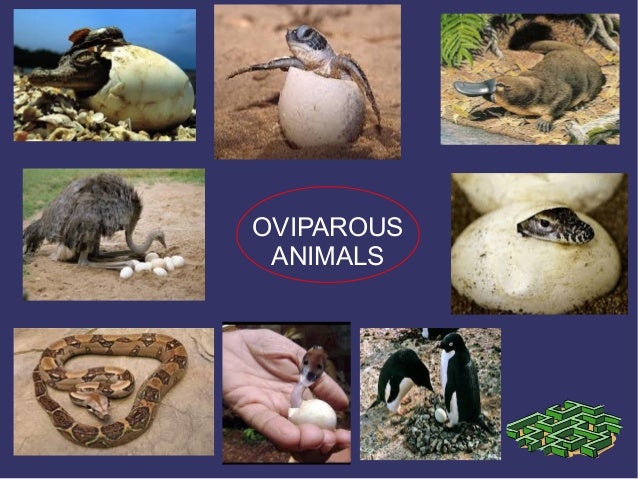
-VIVIPAROUS.
Viviparous animals are born from their mother's womb.
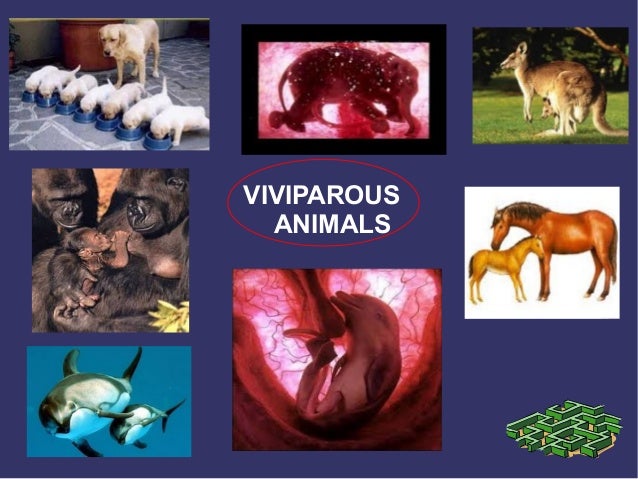
Animals, like all the living things, have a LIFE CYCLE. They are born, they grow, they reproduce and they die.
- Oviparous animal life cycle
- Metamorphosis
- Viviparous animal life cycle.
ANIMAL CLASSIFICATION
We can classify animals in different ways, however; the main way is according to their skeleton.
1.- VERTEBRATES.
This group of animals has an internal skeleton that supports the body and protects the main organs.
The main group of bones is called BACKBONE. It is made up of 33 bones called vertebrae.
The body is divided into 3 parts: HEAD, TORSO, and most of them LIMBS.
CLASSIFYING VERTEBRATES.
There are 5 groups of vertebrates
a) MAMMALS.
b) BIRDS.
c) REPTILES.
d) AMPHIBIANS.
e) Fish.
This is the last vertebrate group.
2.- INVERTEBRATES.
Invertebrates are the biggest group of animals on the planet. This group of animals DOES NOT have an internal skeleton. Some of them have an External Skeleton.
All invertebrates are OVIPARAOUS.
CLASSIFYING THE INVERTEBRATES.
There are 6 groups of Invertebrates:
a) Sponges.
b)Cnidarians.
c) Worms
d) Molluscs.
e) Echinoderms.











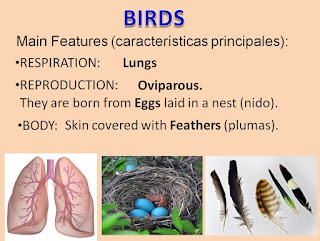












No hay comentarios:
Publicar un comentario